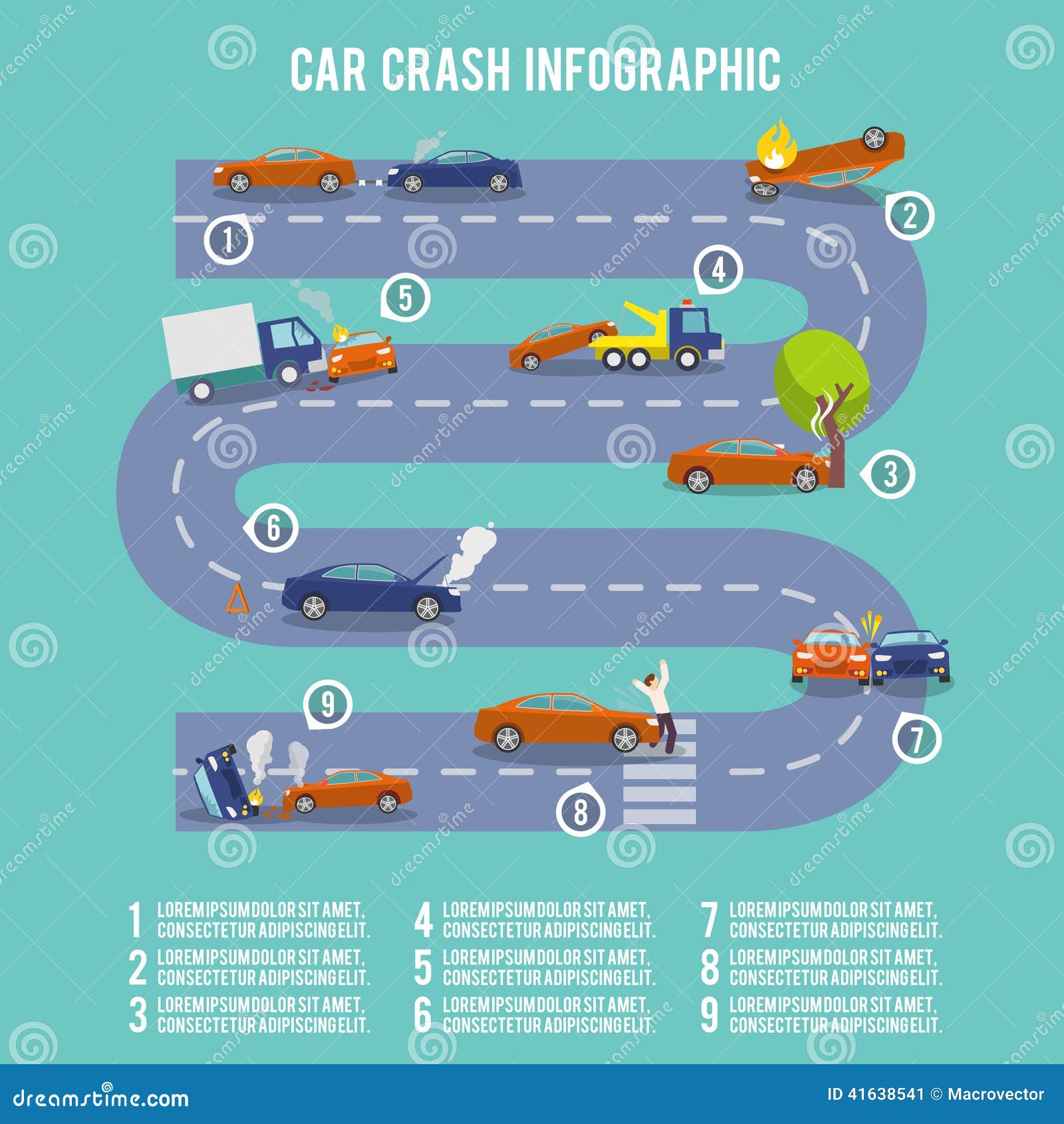Exactly How To Identify The Most Usual Warning Lights On Your Dashboard And What They Mean
Exactly How To Identify The Most Usual Warning Lights On Your Dashboard And What They Mean
Blog Article
Uploaded By-McCallum Kinney
When you're behind the wheel, those dashboard caution lights can be a genuine enigma. Yet did you understand that analyzing them can conserve you from potential car troubles later on? From the ominous check engine light to the subtle oil stress warning and the ever-important battery light, every one serves as a critical signal from your vehicle. It's time to shed light on these typical control panel cautions and furnish yourself with the understanding to browse the road in advance.
Comprehending the Examine Engine Light
When your dashboard brightens with the check engine light, it is necessary not to panic however to take prompt action. The check engine light acts as a caution that your car's onboard analysis system has found a possible concern with the engine, emissions, or other vital components. Ignoring this light can lead to extra extreme problems later on, so it's important to resolve it without delay.
To recognize the resource of the issue setting off the check engine light, you can make use of an OBD-II scanner to recover the particular difficulty codes stored in your automobile's computer system. These codes provide important details that can aid identify the underlying problem.
While some concerns triggering the check engine light might be small, such as a loose gas cap, others might suggest more substantial concerns that call for expert attention.
Decoding the Oil Stress Warning
Upon seeing the oil stress warning light on your control panel, prompt focus is necessary. This warning indicates that the oil stress in your engine might be as well reduced, which can result in significant engine damages if not attended to without delay. Low oil pressure can be brought on by a variety of problems such as a leakage, a defective oil pump, or reduced oil levels. Disregarding this advising light might lead to expensive repair services and even engine failure.
If you see the oil stress advising light come on, the very first step is to safely pull over sideways of the roadway and shut off your engine. Inspect the oil degree making use of the dipstick and guarantee it's at the suggested degree.
If the oil degree is low, leading it up with the appropriate oil for your lorry. If the oil level suffices, do not continue driving and look for support from a mechanic to detect and fix the issue quickly. Bear in mind, maintaining appropriate oil pressure is essential for the health and longevity of your engine.
Analyzing the Battery Light
To understand the relevance of the battery light on your control panel, you need to understand its crucial duty in your vehicle's electric system. When the battery light brightens while you're driving, it indicates that the electric system isn't receiving enough power from the battery.
This could be due to a stopping working battery, a faulty alternator, or issues with the billing system. Neglecting this alerting light can bring about your vehicle stalling or being not able to begin.
If the battery light comes on, it's advised to safely pull over and have your car checked by an auto mechanic immediately. They can carry out diagnostics to determine the hidden problem and avoid a potential break down.
https://www.prnewswire.com/news-releases/cox-automotive-acquires-trudell-parent-company-of-trudell-trailers-and-northeast-great-dane-301590813.html
Since you recognize exactly how to determine the most usual caution lights on your control panel and what they indicate, you can attend to any kind of prospective concerns promptly. Remember, the check engine light, oil stress warning, and battery light are all important indications of your car's wellness. Keep educated, remain safe, and keep your car running smoothly by focusing on these indication.
